tunalegs
Pretended Artist
Syntax in the context of art refers basically to the technical production of a work and its inherent effects. For example: watercolors, oil paints, and charcoal all require different materials and techniques, and therefore the effects each produce are different - even if the same artist working in the same style uses them to record an identical scene. Photography, as should be obvious to everybody on this forum is the same way. There are effects which are inherent to photography, but not to other mediums. Motion blur, film grain, light leaks, etc.
It is interesting to note that in the early days of art photography, many sought to imitate the effects of other mediums in their work - but now we find those working in other mediums often seek to imitate the effects of photography!
Now, every single photograph is a product of photographic syntax, and therefore contains photographic effects. However, some of these effects are more noticeable than others, and what interests me are those which are most peculiar when compared to natural human vision or other mediums. Especially those that make the viewer aware of the mechanism of photography. A lot of photographers aim to avoid these (because they can make the image appear unreal, apparently by reminding the viewer that an actual person with an actual camera made them, some of these effects are considered to be the photographic equivalent of breaking the fourth wall) - but I find many of them more interesting than annoying.
Image dump follows:
 Bicycle by Berang Berang, on Flickr
Bicycle by Berang Berang, on Flickr
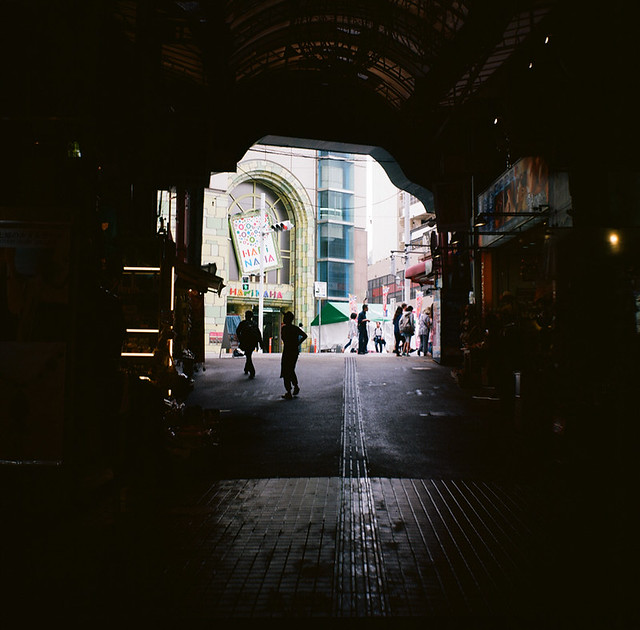 Peace Street by Berang Berang, on Flickr
Peace Street by Berang Berang, on Flickr
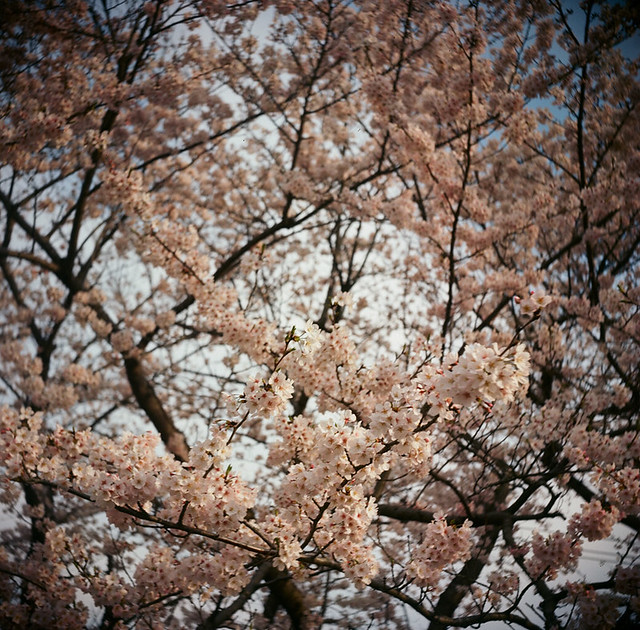 Narita by Berang Berang, on Flickr
Narita by Berang Berang, on Flickr
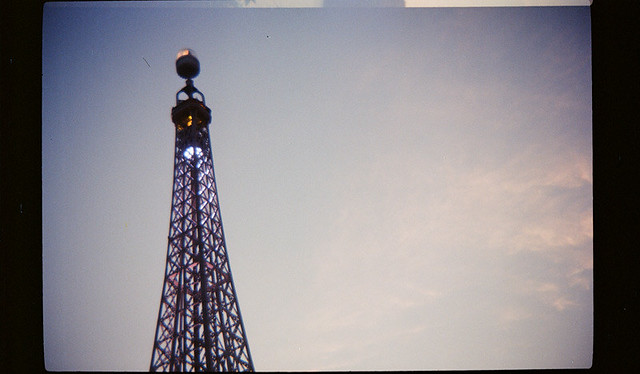 Tower by Berang Berang, on Flickr
Tower by Berang Berang, on Flickr
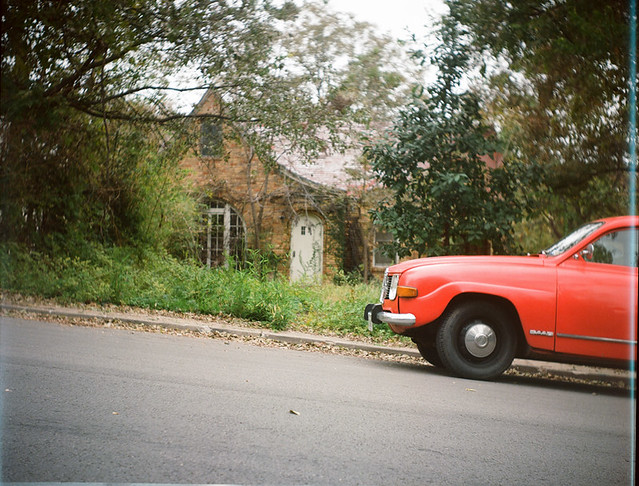 saab by Berang Berang, on Flickr
saab by Berang Berang, on Flickr
 sale by Berang Berang, on Flickr
sale by Berang Berang, on Flickr
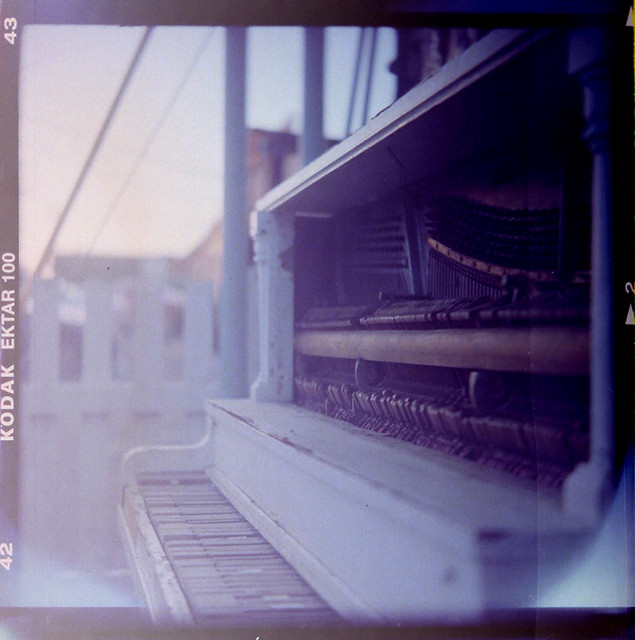 Great Wall by Berang Berang, on Flickr
Great Wall by Berang Berang, on Flickr
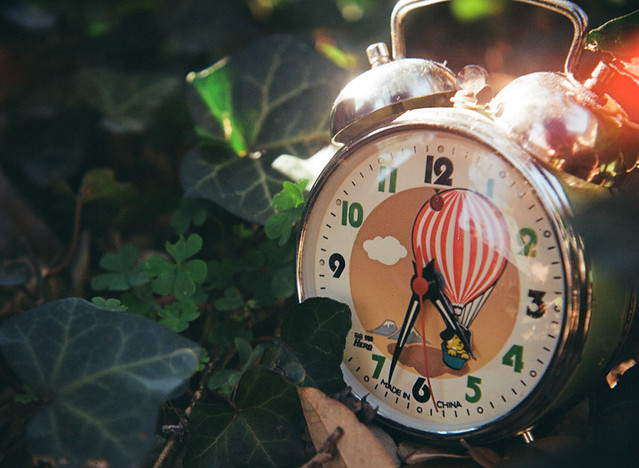 Hero Alarm Clock by Berang Berang, on Flickr
Hero Alarm Clock by Berang Berang, on Flickr
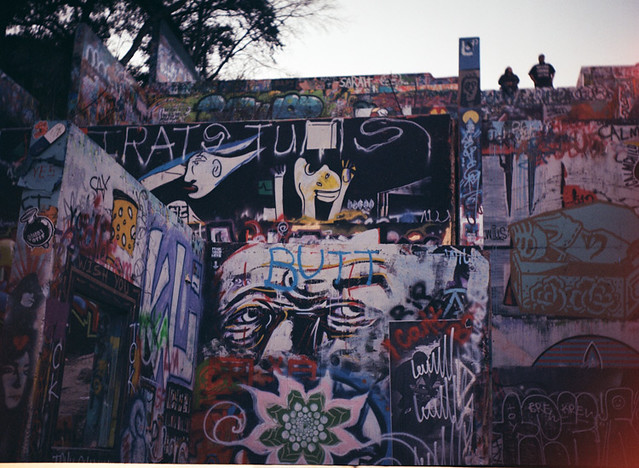 wall by Berang Berang, on Flickr
wall by Berang Berang, on Flickr
 tree by Berang Berang, on Flickr
tree by Berang Berang, on Flickr
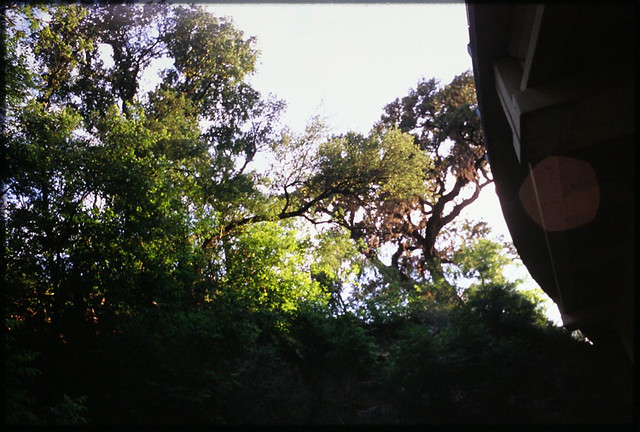 overpass by Berang Berang, on Flickr
overpass by Berang Berang, on Flickr
 water by Berang Berang, on Flickr
water by Berang Berang, on Flickr
 chilled steel by Berang Berang, on Flickr
chilled steel by Berang Berang, on Flickr
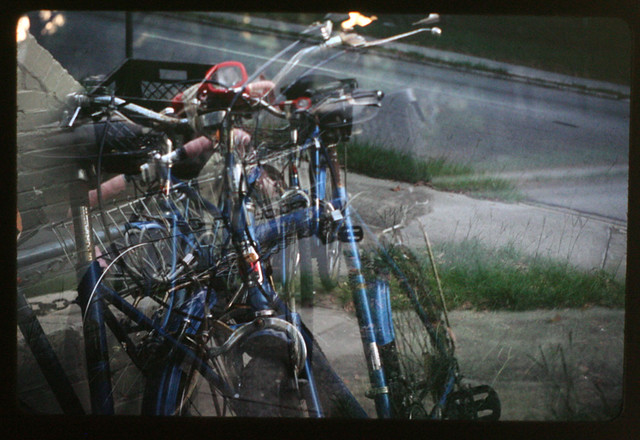 Untitled by Berang Berang, on Flickr
Untitled by Berang Berang, on Flickr
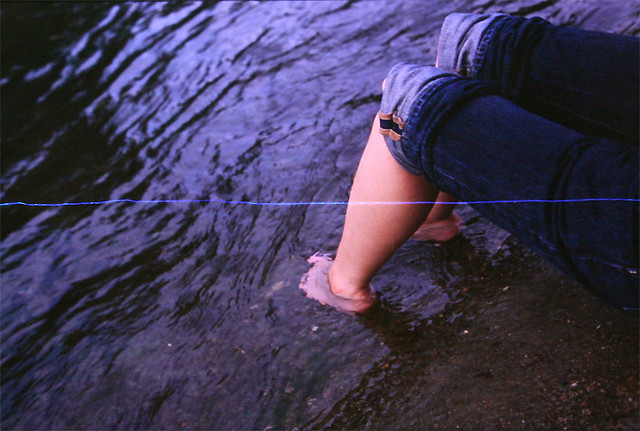 foot scratch by Berang Berang, on Flickr
foot scratch by Berang Berang, on Flickr
What interests me is which effects photographers generally agree are undesirable, and which effects photographers either have resigned themselves into accepting as unavoidable, or have simply brainwashed themselves into no longer noticing.
I would love to see everybody post examples of their own favorite photographic effect "anomalies".
It is interesting to note that in the early days of art photography, many sought to imitate the effects of other mediums in their work - but now we find those working in other mediums often seek to imitate the effects of photography!
Now, every single photograph is a product of photographic syntax, and therefore contains photographic effects. However, some of these effects are more noticeable than others, and what interests me are those which are most peculiar when compared to natural human vision or other mediums. Especially those that make the viewer aware of the mechanism of photography. A lot of photographers aim to avoid these (because they can make the image appear unreal, apparently by reminding the viewer that an actual person with an actual camera made them, some of these effects are considered to be the photographic equivalent of breaking the fourth wall) - but I find many of them more interesting than annoying.
Image dump follows:
 Bicycle by Berang Berang, on Flickr
Bicycle by Berang Berang, on Flickr Peace Street by Berang Berang, on Flickr
Peace Street by Berang Berang, on Flickr Narita by Berang Berang, on Flickr
Narita by Berang Berang, on Flickr Tower by Berang Berang, on Flickr
Tower by Berang Berang, on Flickr saab by Berang Berang, on Flickr
saab by Berang Berang, on Flickr sale by Berang Berang, on Flickr
sale by Berang Berang, on Flickr Great Wall by Berang Berang, on Flickr
Great Wall by Berang Berang, on Flickr Hero Alarm Clock by Berang Berang, on Flickr
Hero Alarm Clock by Berang Berang, on Flickr wall by Berang Berang, on Flickr
wall by Berang Berang, on Flickr tree by Berang Berang, on Flickr
tree by Berang Berang, on Flickr overpass by Berang Berang, on Flickr
overpass by Berang Berang, on Flickr water by Berang Berang, on Flickr
water by Berang Berang, on Flickr chilled steel by Berang Berang, on Flickr
chilled steel by Berang Berang, on Flickr Untitled by Berang Berang, on Flickr
Untitled by Berang Berang, on Flickr foot scratch by Berang Berang, on Flickr
foot scratch by Berang Berang, on FlickrWhat interests me is which effects photographers generally agree are undesirable, and which effects photographers either have resigned themselves into accepting as unavoidable, or have simply brainwashed themselves into no longer noticing.
I would love to see everybody post examples of their own favorite photographic effect "anomalies".

